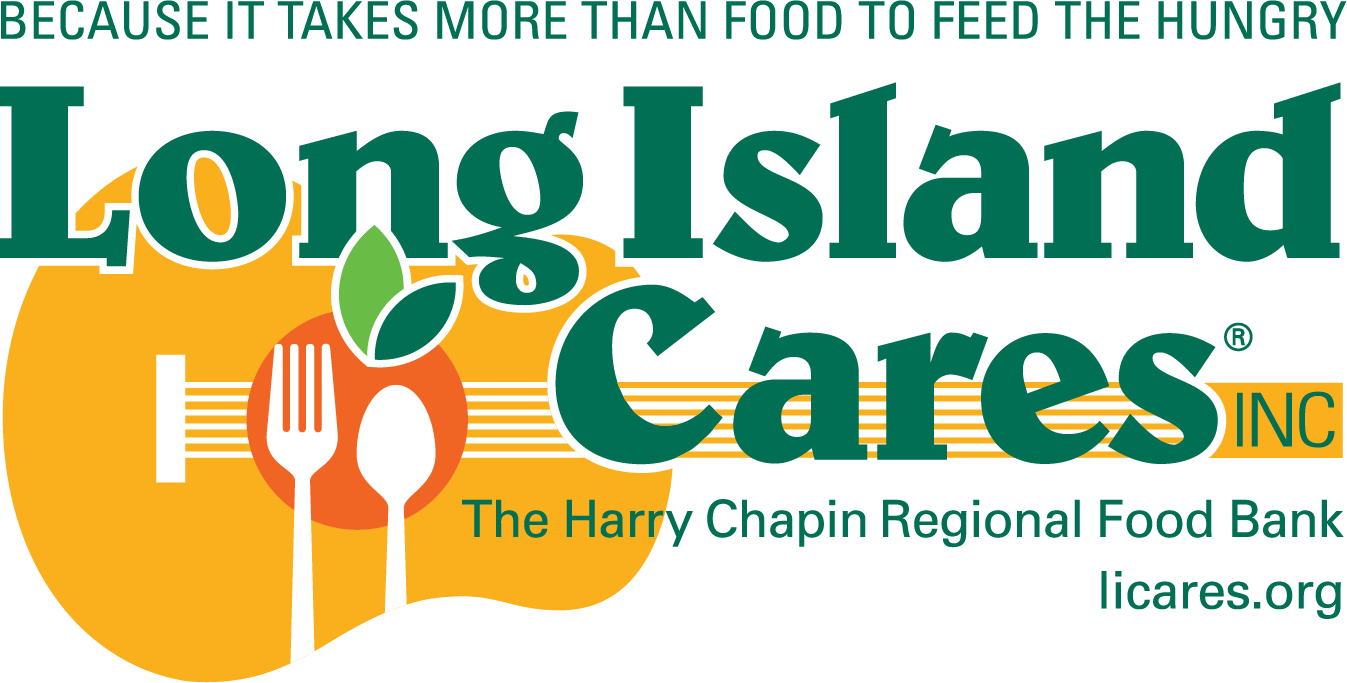Indigenous Traditions as a Model for Food Security and Sustainability
By Landon D’Agate
An exclusive interview with Dr. Lois Frank
I was honored to speak with Dr. Lois Frank, an expert on Indigenous traditions. Dr. Frank is an American food historian, cookbook author, culinary anthropologist, and educator. She won a 2003 James Beard Foundation Award for her cookbook Foods of the Southwest Indian Nations, the first cookbook of Native American cuisine to win the award. Dr. Frank’s work demonstrates her expertise in sustainable food practices, which are deeply rooted in Indigenous cultures, emphasizing food’s crucial role in preserving heritage, health, and community resilience.
To watch my complete interview with Dr. Lois Frank, CLICK HERE.
The importance of Native American food sovereignty
Dr. Frank started the interview by defining Native American food sovereignty. According to Dr. Frank, Native American food sovereignty is the concept of Native Americans harvesting and producing their own food. It encompasses food justice, food security, environmental justice, and dependence on traditional ecological knowledge (T.E.K.). T.E.K. is the concept of perpetuating the wisdom of our ancestors, including how to hunt, plant, and harvest. T.E.K. is important, since it promotes diverse farming practices that help increase resilience against pests and diseases. Also, traditional farming techniques such as crop rotation and agroforestry help create a more sustainable food system.
How can Indigenous philosophy contribute to improving food sovereignty?
Many native cultures have followed the concept of “taking only what you need.” This is an essential concept and continues to thrive even today. First, it allows the plant or food source to propagate itself. Second, leaving food behind for other animals and organisms is essential to help sustain the local ecosystem. Dr. Frank gave an interesting analogy using a bicycle wheel, which states the center of the wheel is the ecosystem, and the spokes are the different components that complete and sustain the circle. This model explains how indigenous farming practices view everything as connected and interdependent.
How can we use Indigenous practices to enhance modern agricultural practices?
Native American practices can be adapted to different local climates and environmental conditions. Native American farming methods have traditionally matched plants and planting techniques to the specific environment. For example, in arid areas Native American farming practices use a planting technique called “waffling,,” which conserves water. The “waffle beds” have sunken pathways between raised beds that help catch excess water. In addition, Native Americans are keenly aware of using plants that were appropriately adapted for a specific environment. For example, Pueblo Blue Corn thrives in arid areas due to its long roots, which help reach water deep in the soil. Furthermore, using specific combinations of plants such as corn, beans, and squash (a.k .a. The Three Sisters) is essential in Native American culture due to their symbiotic relationship.
Want to become more sustainable? Consider the Native American perspective.
Dr. Frank says that besides sustainable farming practices, the Native American perspective is critically important to create an interconnected, sustainable food system, avoid abundance, and grow only what you need. When teaching future generations, experiential knowledge (touching, feeling, tasting) is critical to learning about food sustainability.
If we want to gain access to fresh food, we need government support.
Dr. Frank finished the interview by speaking about access to fresh food. To help local communities gain access to fresh produce, we must support local farmers to help them become economically viable. For example, government policies that identify local sources of fresh and healthy foods can be used in schools to provide nutritious foods to future generations. Making them accessible will require public policy changes.
